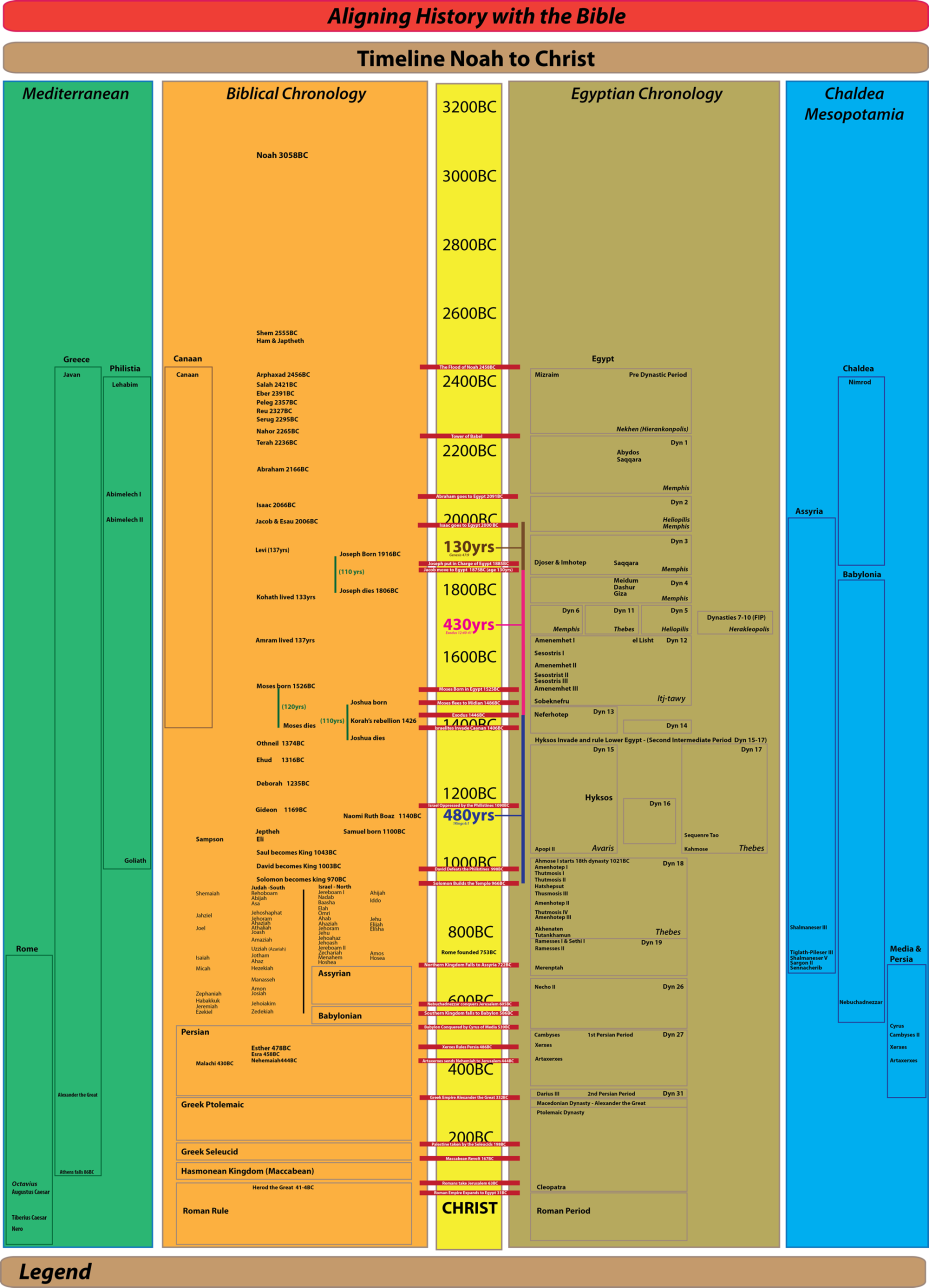Moses is the only Israelite in history who was in a position to become a Pharaoh of Egypt. Not even Joseph could lay claim to this although he came very close, becoming a vizier to Pharaoh Netjerikhet in the 3rd dynasty. Joseph, having saved Egypt from a seven year famine and having brought up all the land of Egypt for the Pharaoh was, however, a very prominent person in Egyptian History to the extent that the Egyptians and the Greeks almost deified him (Imhotep). As time went by, Netjerikhet started to become known as the Pharaoh of Joseph (Djoser). Temples were built in Joseph-Imhotep’s name and pilgrims would bring mummified animals to offer to his tomb in the hope of being healed over a 1000 years after his death.
Moses was an equally prominent figure in Egyptian History, not because he made it to the top job, but because of the impact that his disappearance had on the 12th dynasty and because of the impact that the Exodus had on Egypt. In the first half of their sojourn, the Israelites were well received and well treated by the Egyptians. As they flourished and grew in number, the Egyptians began to feel threatened. At the end of the Old Kingdom there was an uprising in Upper Egypt. Amenemhet I, the vizier of Mentuhotep IV of the 11th dynasty, based in Thebes, assassinated Mentuhotep IV and gradually took over the rest of the country. This was the beginning of Egypt’s Middle Kingdom or the 12th dynasty as it was called by Manetho. The pharaohs of Egypt’s Middle kingdom had a very different attitude towards the Israelites to the extend that the Israelites were enslaved and forced to make mud bricks for the public works of the 12th dynasty pharaohs. Eventually, the 12th dynasty pharaohs became so oppressive that they even practiced genocide by killing the male infants of the Israelites. 65% of the graves in Tel ed Daba where the Israelites lived were for infants and many coffins containing babies were found in Kahun which was also an Israelite village.
The Israelite oppression ended when the 12th dynasty ended (marking 400 years in Egypt) but the Israelites did not leave Egypt until 30 years later when Moses returned to confront Neferhotep I of the 13th dynasty.
Moses-Amenemhet IV’s disappearance at the age of 40 was bad news for the 12th dynasty when Egypt’s wealth and power was at a peek because there was nobody to continue the 12th dynasty when Amenemhet III died other than his daughter Sobeknefru. Sobeknefru only reigned for 8 years and then she died. Egypt became politically unstable and began to decline. When Moses-Amenemhet IV returned to Egypt to confront the pharaoh (Neferhotep), inflicting the ten plagues and then leading the Israelites (numbering 2 million) out of Egypt, Egypt was crippled due to the loss of it’s firstborn, the loss of it’s army, chariots, crops and animals; not to mention it’s SLAVES. Egypt became easy pickings for foreign invaders. It was not long after the Exodus that the Hyksos (Amalekites) invaded Egypt and built a fort at Avaris (previously called Tel ed Daba) which was where the Israelites had lived. From Avaris, the Hyksos occupied and controlled lower Egypt for the next 400 years until Sequenre and Kahmose in Thebes, Upper Egypt, (17th dynasty) mounted a rebellion to force the Hyksos to leave Egypt where they were to encounter Saul of Israel who all but wiped them out. The 18th dynasty, or Egypts New Kingdom had begun. Many of the Pharaohs of the New Kingdom seem to have been named after Moses perhaps indicating that the Egyptians had considerable respect for Moses.
Given the enormous impact Moses had on Egyptian History and the fact that he was in a position to become a pharaoh at the end of a mud brick making empire in which his family were the major mud brick producers, it is very plausible and in deed, highly likely that Moses did manage to get to the top job, even if only as a junior co-regent. Things may have been different if he was allowed to rule by himself but then Moses-Amenemhet IV may not have achieved what God had intended for him. God had allowed the Israelites to grow into a nation in Egypt and it was Moses’ job to lead the Israelites back to the promised land as God had promised he would to Abraham.



